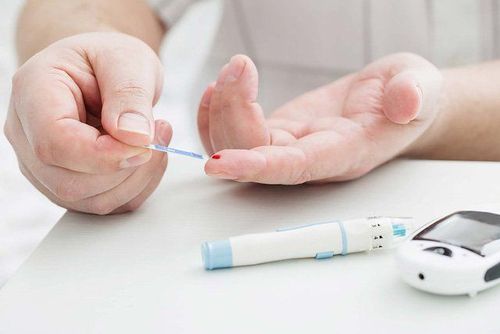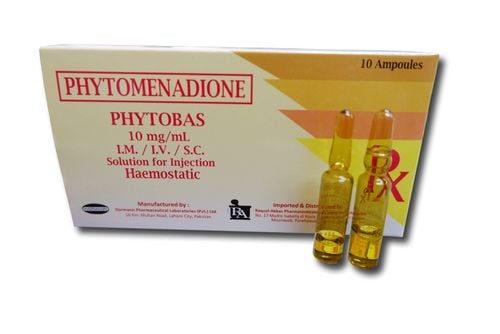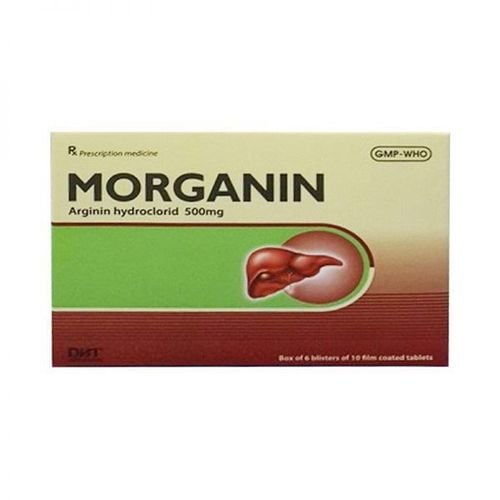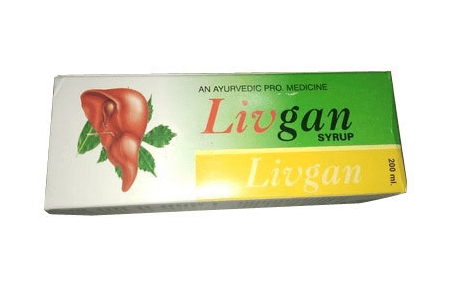This is an automatically translated article.
Posted by Doctor Nguyen Viet Anh - Head of Department and Specialist Doctor 1 Vo Cong Hien - Diagnostic Imaging Department - Vinmec Nha Trang International General HospitalCurrently, non-alcoholic fatty liver disease (NAFLD) is the most common cause of elevated liver enzymes. The best way to prevent and treat the disease is to know the progression and early symptoms of the disease.
1. What is non-alcoholic fatty liver?
Nonalcoholic fatty liver disease (NAFLD) manifests itself in the following signs:Patient has fatty liver on histology or on imaging (abdominal ultrasound, CT scan, MRI...). Often accompanied by factors such as obesity, type 2 diabetes, dyslipidemia. There is no other cause of secondary fatty liver such as alcohol consumption, hepatitis C infection, Wilson's disease, lipodystrophy, malnutrition, prolonged parenteral nutrition, drug use (amiodarone, methotrexate). , tamoxifen, corticosteroids, valproate, anti-retroviral.... ), acute fatty liver in pregnant women, congenital metabolic defects.
2. Risk subjects of non-alcoholic fatty liver

Những người bị béo phì có nguy cơ mắc gan nhiễm mỡ không do rượu cao hơn bình thường
People with dyslipidemia: a high percentage of fat molecules (triglycerides) in the blood, low HDL cholesterol are also prone to non-alcoholic fatty liver disease. The rate of NAFLD in the group of patients with dyslipidemia accounts for about 59%
The rate of non-alcoholic fatty liver disease and the degree of liver disease increases with age, the risk of NAFLD in men is 2 times higher than in women, the disease also increases with age. different between ethnicities. This is explained by the difference in genetic factors.
3. Natural course and outcome of nonalcoholic fatty liver disease
Over the past two decades, there have been many studies on the natural course of nonalcoholic fatty liver disease. For patients who have progressed through non-alcoholic steatohepatitis (NASH), especially cirrhosis, there is an increased risk of cirrhosis (cirrhosis), mortality from liver disease .Currently, nonalcoholic fatty liver disease is the most common cause of elevated liver enzymes. The prevalence of NAFLD in Europe is about 35%, in Asia it is about 25%.
Approximately 15 - 30% of the population has NAFLD, up to 12 - 40% of these patients will progress to non-alcoholic steatohepatitis (NASH), and about 15 - 25% of NASH patients will develop to cirrhosis, about 7% of cirrhotic patients will progress to liver cancer.
4. Who should be screened for non-alcoholic fatty liver disease?

Bệnh nhân đái tháo đường type cần được sàng lọc bệnh gan nhiễm mỡ
5. What should be done to diagnose nonalcoholic fatty liver disease?
5.1. To evaluate fatty liver Fatty liver should be identified by abdominal ultrasound, because ultrasonography is widely available and abdominal ultrasound also reveals additional hepatobiliary information. Therefore, abdominal ultrasonography is the first imaging modality to be performed in patients with nonalcoholic fatty liver disease. Another imaging technique is the controlled attenuation parameter (CAP) to diagnose fatty liver: This technique can determine the degree of fatty liver. The best fatty liver markers include: FLI ((Fatty liver index), SteatoTest and NAFLD liver fat score 5.2. To assess nonalcoholic steatohepatitis Patients with nonalcoholic steatohepatitis There is an increased risk of progression of liver fibrosis, cirrhosis and possibly liver cancer.These patients need close monitoring and more aggressive treatment.Clinical signs, biochemical tests, imaging imaging cannot distinguish non-alcoholic steatohepatitis from steatohepatitis alone. Liver fibrosis is an important prognostic factor in patients with nonalcoholic fatty liver disease.Hepatic fibrosis is correlated with liver disease outcome and mortality.It is necessary to closely monitor liver fibrosis progression. Liver fibrosis scores include: NFS ((NAFLD fibrosis score, FIB-4 (Fibrosis 4)), ELF (Enhanced Liver Fibrosis) and FibroTest. NFS can distinguish between severe and non-severe cirrhosis. He has severe cirrhosis of the liver. To assess for liver fibrosis, the gold standard is to use liver biopsy technique, but this is invasive technique. Evaluation of liver fibrosis by ultrasound liver elastography technique, which is a non-invasive technique, is used to identify low-risk cases of severe liver fibrosis and cirrhosis. The combination of biomarkers, liver fibrosis assessment index, and liver elastography can increase diagnostic accuracy, and avoid liver biopsy. Monitoring the progression of liver fibrosis in clinical practice can rely on a combination of biomarkers, liver fibrosis assessment indexes and liver elastography.6. What to do when you have non-alcoholic fatty liver disease?

Bệnh nhân cần khám định kỳ chuyên khoa gan để được theo dõi, tư vấn và có hướng điều trị thích hợp kịp thời
7. Evaluation of liver fibrosis (Fibrosis) by ultrasound elastography of liver tissue where?
To evaluate liver fibrosis, go to Vinmec Nha Trang Hospital. With the advantages of ultrasound-elastic technique of liver tissue at Vinmec Nha Trang include:LOGIQE S8 ultrasound system with powerful and flexible images to meet a wide range of general examination needs. With advanced, intuitive capabilities, the LOGIQ S8 allows you to use professional tools to get great images and accurate, highly reliable results. New technology using Shear Wave: Measuring the elasticity of the liver parenchyma by Quantitative method for increasing diagnostic value Through color coding table and values of elasticity levels in pressure units kPa. The Shear Wave parenchymal elastography tool allows the user to actively localize the survey right on the ultrasound image. Images acquired during the survey can be easily marked and tracked. It is a non-invasive technique, has no contraindications and can be repeated many times. To register for examination and treatment at Vinmec Nha Trang International General Hospital, you can contact hotline: 0258 3900 168 or register online HERE.














